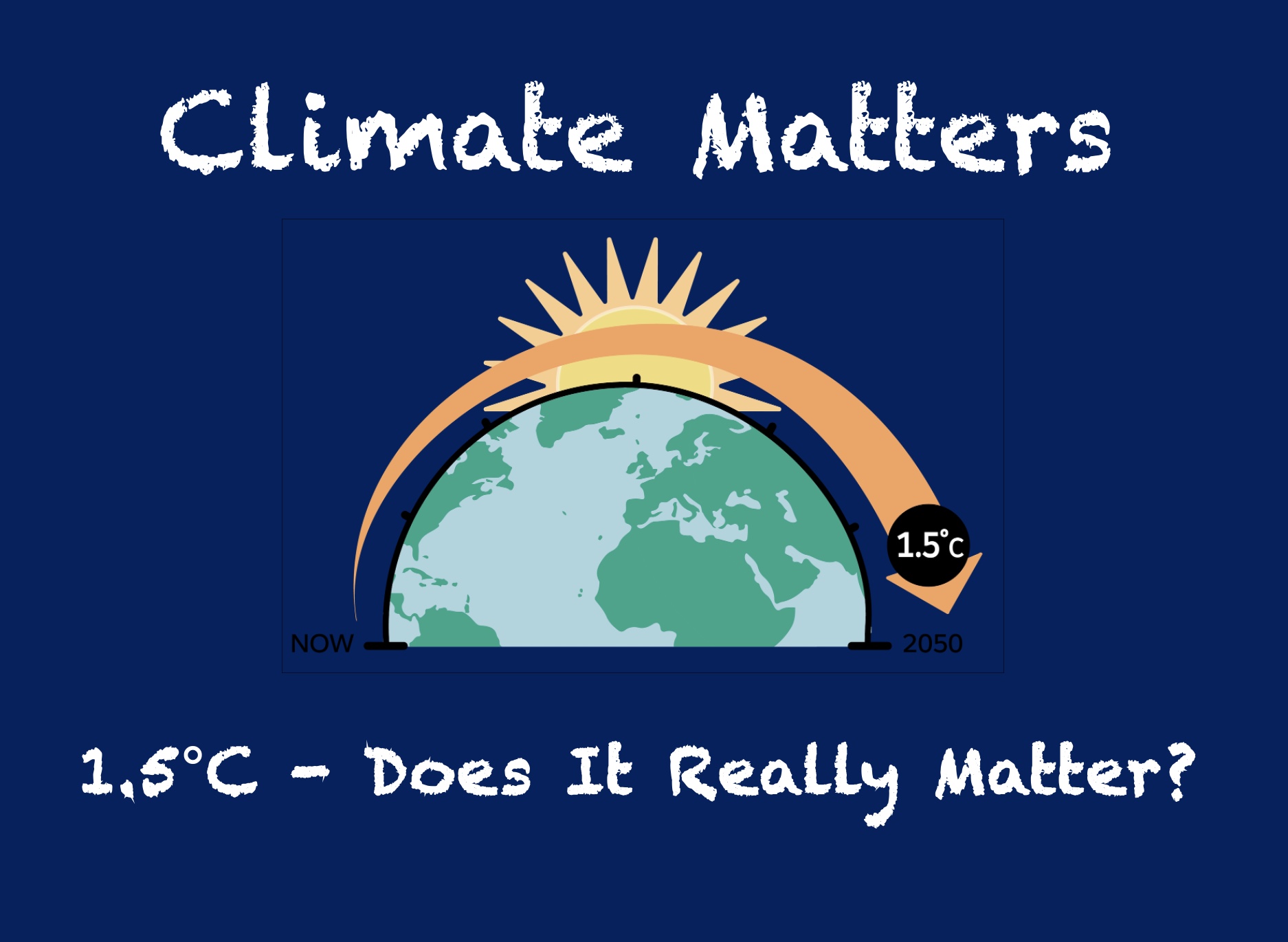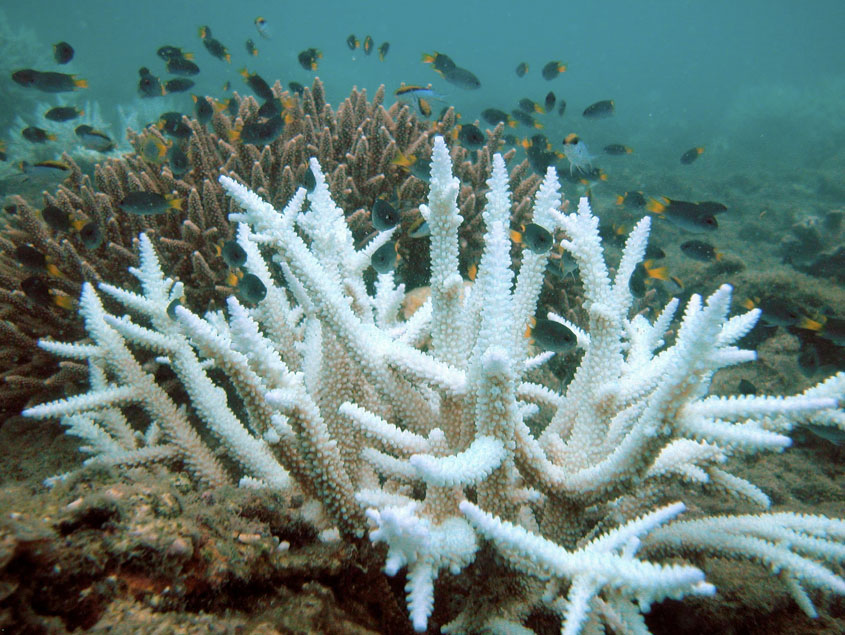 In December 2015 196 parties at the UN Climate Change Conference in Paris adopted the Paris Agreement, a legally binding international treaty on climate change. Its overarching goal is to hold “the increase in the global average temperature to well below 2°C above pre-industrial levels ”and pursue efforts“ to limit the temperature increase to 1.5°C above pre-industrial levels.”
In December 2015 196 parties at the UN Climate Change Conference in Paris adopted the Paris Agreement, a legally binding international treaty on climate change. Its overarching goal is to hold “the increase in the global average temperature to well below 2°C above pre-industrial levels ”and pursue efforts“ to limit the temperature increase to 1.5°C above pre-industrial levels.”
To limit global warming to 1.5°C, greenhouse gas emissions must peak before 2025 at the latest and decline 43% by 2030. The Paris Agreement requires signatories to sign up to increasingly ambitious action plans (called Nationally Determined Contributions – NDCs) on a 5-year cycle.
Despite these legally binding agreements, in 2023 mean global temperatures exceeded the 1.5°C target increase. One breach of the limits does not indicate a complete failure, but scientists are concerned that this trend will continue over the coming years.
So, what is special about 1.5°C, and does it really matter?
Each increment in global mean temperature increases the magnitude of climate change. In particular, extreme weather events are driven by temperature. The amount of energy that a storm contains becomes greater with increasing temperature, meaning higher wind speeds, greater rainfall and more storm damage.
Regions in countries already suffering extremes of heat, such as India and equatorial Africa, are now suffering temperatures beyond the human habitable range, and desertification increases. Extreme weather effects such as drought and flooding become more likely.
Parts of Italy and Spain are suffering severe droughts affecting crop yields, while countries like France and even Britain have suffered flooding that has also decimated crop yields.
These effects become steadily worse as the temperature increases. However, these are not the main concern of climate scientists, who instead are worried about climate tipping points.
Climate tipping points are elements of the Earth system in which small changes can kick off reinforcing loops that ‘tip’ a system from one stable state into a profoundly different state. So, a small increase in temperature could lead to dramatic changes in climate.
For example: the Arctic is warming almost four times faster than anywhere else in the world, accelerating ice melt from the Greenland Ice Sheet (and the melting of Arctic sea ice). As the ice melts more land is exposed which, being less reflective than the ice, absorbs more solar energy and thus accelerates ice melt even further.
The warming and diluting of ocean water is likely to cause slowing down of the ocean’s circulation of heat, the Atlantic Meridional Overturning Circulation (AMOC), in turn impacting the monsoon system over South America and temperatures in Britain. Monsoon changes may be contributing to the rising frequency of droughts over the Amazon rainforest, lowering its carbon storage capacity and intensifying climate warming.
The collapse of the West Antarctic Ice Sheet is also possible with temperatures increasing by more than 1.5°C. The melting of both these enormous ice sheets could raise sea levels by 9 metres, putting many highly populated areas around the world, including in the USA, Britain, Europe and Asia, under water.
Another concerning potential tipping point, that could happen with temperatures increasing by more than 2°C, is dieback of the Amazon Rainforest. As a major carbon sink, dieback of the forest would dramatically reduce the natural ability of the earth to absorb carbon and would exacerbate the climate crisis.
Scientists have identified nine global tipping points (including the above three) and another seven regional tipping points, such as coral reef loss and mountain glacier melt. of those, one regional and three global climate elements are estimated to likely pass a tipping point if global warming reaches 1.5°C
While we may be able to adapt (albeit at huge cost) to slowly changing climate conditions, tipping point events would cause major geopolitical upheaval in a very short timescale, including crop failure, water shortages, mass migration and loss of life.
1.5°C is not the end of the world, but potentially the point at which things start to go bad quickly. Despite international agreement governments have not taken the steps necessary in the 9 years since the Paris Agreement to reduce CO2 production sufficiently. The next few years will be even more critical.

Photo shows bleached branching coral (foreground) and normal branching coral (background). Keppel Islands, Great Barrier Reef
Phil Shotton, Ramsgate Society Lead on Environment and Climate Change